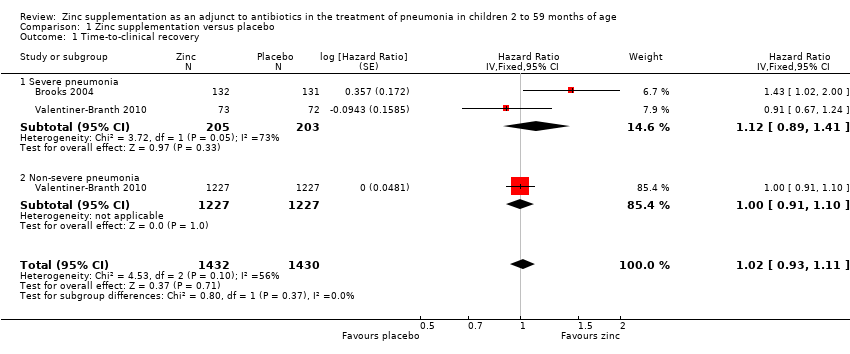Contenido relacionado
Revisiones y protocolos relacionados
Zohra S Lassi, Anoosh Moin, Zulfiqar A Bhutta | 4 diciembre 2016
Zohra S Lassi, Zahra Ali Padhani, Jai K Das, Rehana A Salam, Zulfiqar A Bhutta | 20 enero 2021
Batool A Haider, Zohra S Lassi, Zulfiqar A Bhutta | 23 abril 2008
Allen C Cheng, Dianne P Stephens, Bart J Currie | 18 abril 2007
Rashmi R Das, Meenu Singh, Sushree S Naik | 12 enero 2023
Christina C Chang, Allen C Cheng, Anne B Chang | 10 marzo 2014
Rebecca Farley, Geoffrey KP Spurling, Lars Eriksson, Chris B Del Mar | 9 octubre 2014
Quynh Doan, Paul Enarson, Niranjan Kissoon, Terry P Klassen, David W Johnson | 15 septiembre 2014
Maria Ximena Rojas‐Reyes, Claudia Granados Rugeles | 19 abril 2006
Sulfato de magnesio para el tratamiento de la bronquiolitis aguda en niños de hasta dos años de edad
Sudha Chandelia, Dinesh Kumar, Neelima Chadha, Nishant Jaiswal | 14 diciembre 2020
Respuestas clínicas Cochrane
Elie Mulhem | 28 febrero 2013











